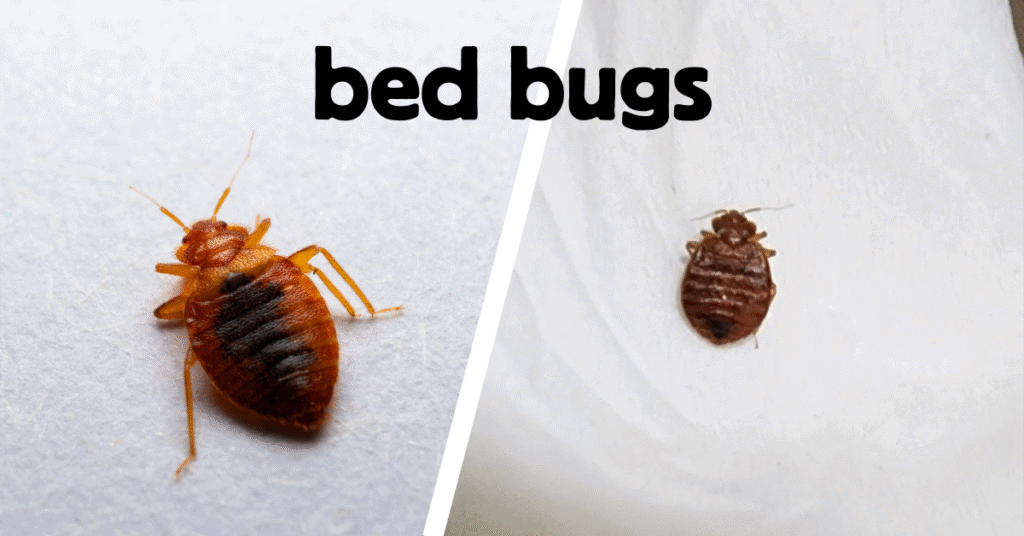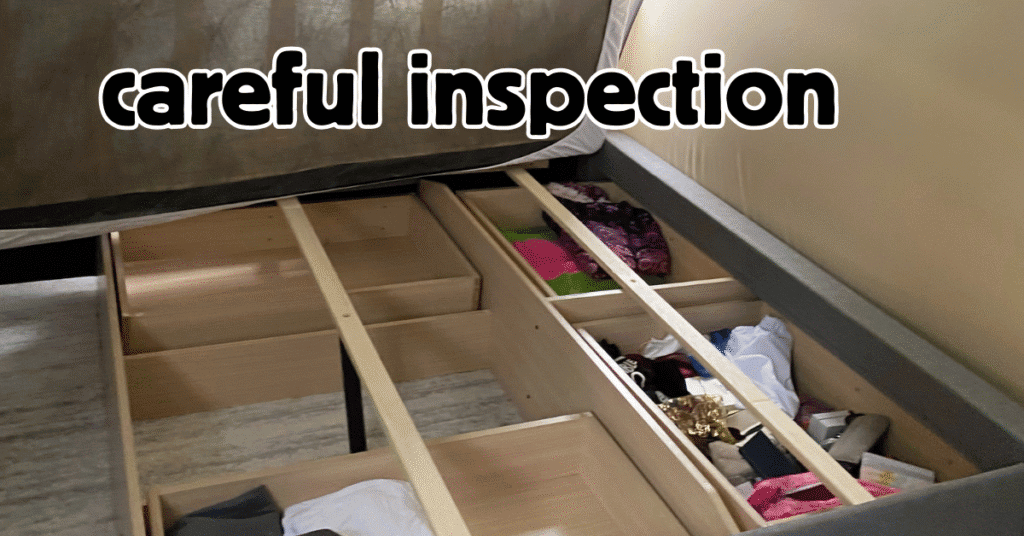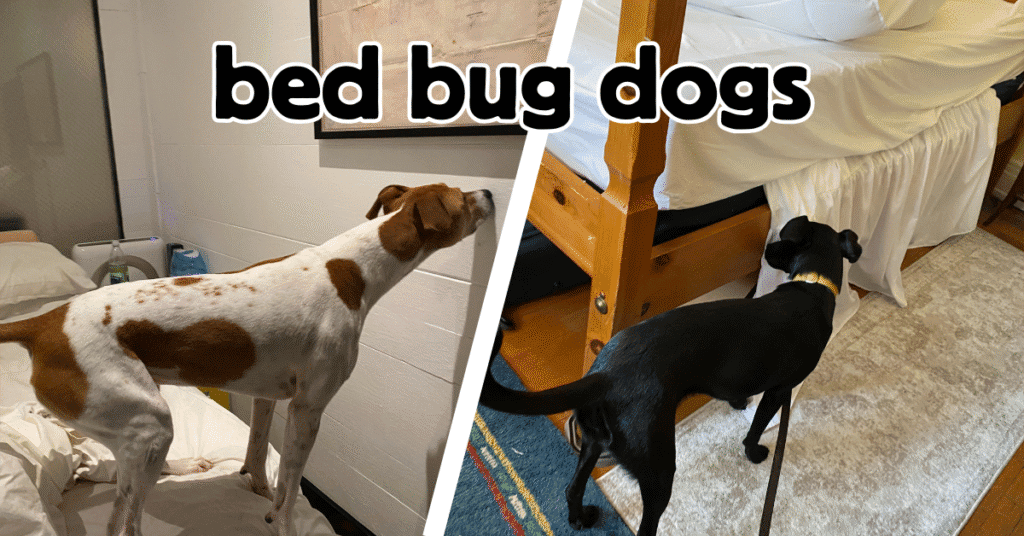So, you think you found a bed bug? Here’s what to do within the first 24–48 hours. Taking quick but strategic action is important for staying ahead of it and not letting a small problem become a full-blown infestation.
The key is to confirm what you’re seeing, contain the risk, and prepare your space for an accurate inspection. This guide walks you through eight smart steps, so you know exactly what to do and what to avoid, right after your first sighting.
1. Confirm It’s Really a Bed Bug

Seeing one bug is enough to spark panic, but not every small, reddish-brown insect is a bed bug. Start by getting a solid ID.
- Snap a Clear Photo or Collect a Sample: Place it in a sealed bag or a small container. A crisp photo makes identification easier.
- Send It to a Pro: Email or text us (or another trusted pest professional) the picture for a quick opinion. Many companies offer this as a free or low-cost service.
- Use Online ID Tools Carefully: Sometimes, they may incorrectly identify every bug as a bed bug. Sites like your local cooperative extension or university entomology department can also be helpful.
- Why It Matters: Misidentifying the insect can lead to incorrect treatments, wasted resources, and a more severe infestation.
- Do Not Spray Yet: Sprays or powders at this stage can scatter bugs and make later inspections far less accurate.
2. Do a Careful Visual Check With a Bright Flashlight

Once you’ve confirmed (or strongly suspect) bed bugs, do a slow, methodical look around your sleeping area. This gives you a sense of what’s going on without spreading the problem.
- Flip the Mattress Slowly: Lift one corner at a time, inspecting seams and tufts for live bugs, cast skins, or black dots (fecal spots).
- Check Behind the Headboard: Use a flashlight to inspect the area where it meets the wall and in any tight cracks.
- Inspect the Bed Frame: Shine your light under slats, screw holes, and joints. Move slowly so you don’t scatter bugs.
- Take Photos Instead of Moving Items: Snap a picture of anything suspicious to show an inspector rather than disturbing it.
3. Limit the Spread in Your Home
- Stop moving items between rooms, especially soft goods.
- Use plastic bins instead of fabric laundry baskets for now.
- Vacuum floors and baseboards slowly and immediately discard the vacuum bag.
4. Create a Temporary “Safe Zone”
- Launder and dry bedding/clothing at the hottest safe setting.
- Use a clean, encased mattress and box spring if possible.
- Keep clean items sealed in bags or bins until inspection/treatment.
5. Document Everything
- Note date, time, and location of the sighting.
- Take close-up pictures of bites, droppings, or stains.
- This record will help if you need to involve building management or a pest control company.
6. Arrange a Professional Inspection Quickly

- Call a licensed pest control operator or canine detection company. (Keep in mind that if you found a live confirmed bed bug, you can skip an inspection and just get a treatment company in there ASAP)
- Ask about NESDCA/WDDO-certified dogs for higher accuracy.
- The sooner you confirm the extent, the easier it is to treat.
7. Prep for Inspection Without Overdoing It
- Lightly declutter but avoid tossing items outside (they can spread bugs to hallways or trash areas).
- Don’t apply pesticides, foggers, or essential oils beforehand.
- Keep the suspected area undisturbed so that the dog or inspector can work accurately.
8. Hold Off on Sprays or Powders
It’s tempting to attack the problem right away with store-bought sprays or diatomaceous earth, but doing so too early can actually backfire.
- Bugs Can Scatter: Repellents and powders often drive bed bugs deeper into walls or into neighboring rooms, making control harder.
- Inspection Accuracy Drops: Pesticides and dusts can mask signs that inspectors (or dogs) rely on to pinpoint activity.
- Safety Concerns: Misused sprays and powders can harm people and pets, especially in sleeping areas.
- What to Do Instead: Focus on cleaning, isolating, and documenting. Save chemical treatments for after a licensed pro confirms a plan.
Finding a possible bed bug is stressful, but it doesn’t have to spiral into chaos. By confirming what you’re seeing, carefully checking your bed area, including the contents, and holding off on sprays or powders, you’re giving yourself the best chance at quick and accurate control. These first 24–48 hours set the tone for the rest of the process, and acting calmly, with a plan, will make any follow-up treatment far more effective.
